Eye rolling in children is a behavior that often emerges as a form of nonverbal communication, signaling anything from annoyance to disbelief. This action typically begins in the pre-teen years, though it can appear earlier in some children. It’s seen as a natural part of child development, as youngsters begin to assert their independence and react to the world around them. Understanding why children roll their eyes can provide insight into their emotional state and help adults navigate this challenging aspect of growing up.
The onset of eye rolling can correlate with a child’s cognitive and social development. As children gain a better understanding of social cues and become more aware of their feelings, they use eye-rolling to express themselves without using words. While it can be considered disrespectful in many cultures, it’s important to differentiate between occasional expressions of exasperation and habitual, defiant behaviors.
When addressing the matter with children, parents and caregivers must approach the behavior with empathy and open lines of communication. Setting clear expectations about respectful communication while also giving space for children to voice their opinions can help mitigate this behavior. Moreover, it’s beneficial for adults to model the communication styles they wish to see from the children, as children often emulate the adults in their lives.
Reader's Roadmap
Understanding the Eye-Rolling Phenomenon
The act of rolling one’s eyes is a nuanced form of non-verbal communication commonly observed among children as they grow. This behavior can signal a mix of emotions or responses including exasperation or disbelief.
Developmental Milestones and Eye-Rolling
Eye-rolling often emerges as children reach certain developmental stages where they seek more independence and start forming their own opinions. Parents may notice their child first exhibiting this behavior around the early teenage years. However, it isn’t unheard of in the late stages of childhood, correlating with kids’ developing autonomy and emotional sensitivity.
Eye Movements and Pediatric Health
While eye-rolling is commonly associated with behavior and communication, it is also important to consider the spectrum of eye movements in relation to pediatric health. Babies may display rolling eye movements during sleep phases; this is typically normal and part of their development. On the other hand, consistent uncontrolled eye-rolling could be a sign of an underlying condition like nystagmus. If there is any concern regarding a child’s eye movements, particularly if accompanied by other symptoms, consulting a pediatrician is recommended to rule out any vision or neurological issues.
Interpreting Child Behavior
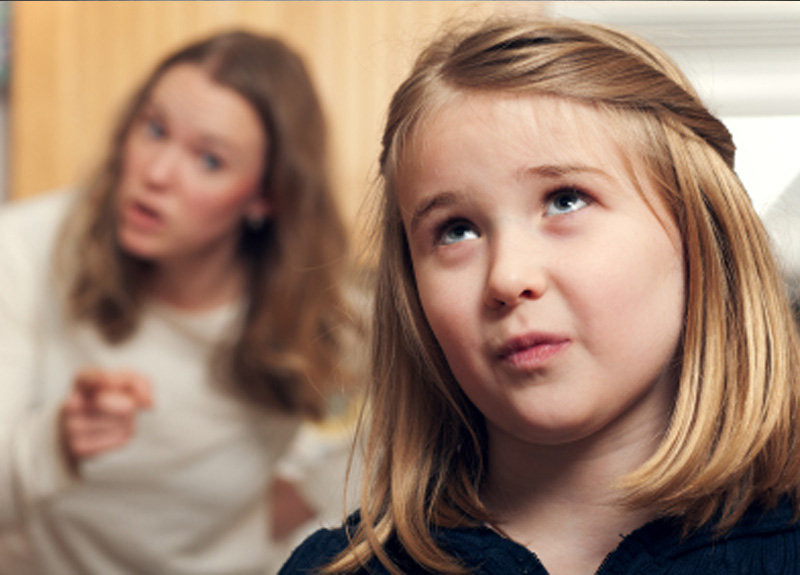
Children often express complex emotions, such as frustration or a desire for control, through non-verbal cues. By understanding these cues, parents and educators can respond appropriately to the underlying feelings being conveyed.
Analyzing Disrespectful Gestures
Disrespectful gestures, like eye-rolling, can be commonplace among children as they seek autonomy. Eye-rolling may serve as a response to what a child perceives as unreasonable demands or as an expression of frustration or disrespect. Recognizing the gesture’s root cause is crucial for an effective resolution.
- Common triggers: Situations that challenge a child’s sense of autonomy or fairness.
- Responses: Calmly acknowledging the gesture and asking for the child’s point of view can provide insight.
Table: Reasons for Disrespectful Gestures
| Expression | Potential Reason for Behavior | Suggested Responses |
|---|---|---|
| Eye-rolling | Feeling underestimated or not heard | Open up a dialogue; reaffirm their voice. |
| Crossed arms | Defensiveness or resistance | Reassure their feelings are valid. |
| Sighing loudly | Exasperation or fatigue with the situation | Discuss the cause of exasperation. |
The Emotional Context of Eye-Rolling
The act of eye-rolling is rarely an isolated behavior; it often correlates with a broader emotional context. It can be a signal that a child is struggling with a lack of control or trying to appear cool to peers. Recognizing this as a form of non-verbal communication about their emotions, rather than immediately assuming they are overreacting, helps address the root concern.
- Indicators: When eye-rolling is accompanied by certain body language or situational factors.
- Considerations: It’s important to consider what the child has recently experienced or expressed.
List: Emotional Indicators Behind Eye-Rolling
- Stress or Overwhelm: Child may roll eyes after being presented with one more task on top of an already heavy load.
- Social Pressures: If the child seeks acceptance in a peer group, eye-rolling might signify alignment with group norms.
- Seeking Independence: Eye-rolling can indicate a child’s urge for self-assertion and independence from adult directives.
Parent-Child Communication

Effective parent-child communication is foundational in addressing behavior issues and setting healthy boundaries. It lays the groundwork for a positive relationship where children understand their limits and enjoy a sense of freedom within safe confines.
Addressing Behavior Issues
When children start rolling their eyes, it can be indicative of underlying behavior issues. Parents should approach these situations with clear communication strategies to express their concerns without escalating the situation. It’s essential for parents to remain calm and use specific language. For example, a parent might say, “When you roll your eyes, it seems like you’re not listening,” rather than making general accusations.
Setting Healthy Boundaries
Establishing healthy boundaries is crucial in any parent-child relationship. These boundaries provide structure and security, allowing children to explore their freedom within agreed-upon limits. A solution-focused dialogue is key. Parents can construct a table of boundaries with their children:
| Boundary | Freedom Allowed | Reason for Limit |
|---|---|---|
| Bedtime at 9 PM | Reading before bed | Ensures adequate sleep for school |
| Limited screen time | Choice of activities | Encourages diverse interests |
Using this table format encourages mutual understanding and a hands-on approach in maintaining the fabric of the relationship, ensuring communication does not break down into a series of eye-rolls and misunderstandings.
Cognitive and Emotional Development in Adolescence
During adolescence, significant cognitive and emotional maturation happens. Tweens and teens develop greater self-awareness and independence, as well as form their own opinions. Emotional regulation also evolves during this stage.
The Journey to Self-Awareness
Adolescents experience heightened self-awareness. The brain’s development allows them to reflect on their personhood, including their emotions and behaviors. Two key aspects mark this journey:
- Reflective Thinking: Adolescents start to think about their own thoughts. This metacognition allows for greater self-evaluation and potential introspection.
- Emotional Intelligence: Along with this introspection comes an increasing ability to understand and manage one’s own emotions. They begin to read social cues more effectively, which can contribute to their emotional growth.
Asserting Independence and Developing Opinions
Gaining autonomy is a critical part of adolescence.
- Forming Opinions: As cognitive abilities advance, adolescents cultivate personal opinions, often with passion and intensity. They might challenge existing norms and express a desire to be treated as adults.
- Behavior Changes: With their growing autonomy, adolescents sometimes exhibit behaviors labeled as being unreasonable. However, these acts usually reflect their exploration of independence rather than true irrationality.
Adolescents test limits as they strive for autonomy, which is a natural manifestation of their developmental stage.
Medical Considerations and Eye-Rolling
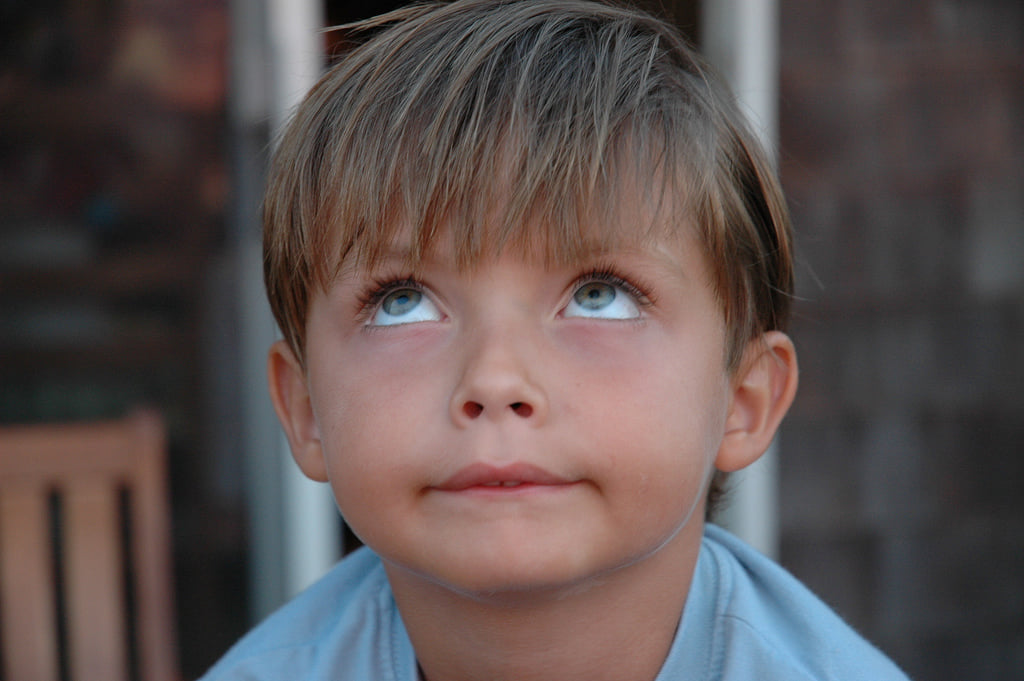
Eye-rolling in children can occasionally indicate underlying medical conditions that warrant attention. Parents and guardians should be vigilant for any associated symptoms that accompany eye-rolling.
Identifying Neurological Conditions
Neurological conditions that involve eye-rolling, such as epilepsy, can often be accompanied by other symptoms. These can include:
- Seizures: Sudden, uncontrolled electrical disturbances in the brain.
- Trembling: Involuntary shaking or quivering.
- Loss of consciousness: A brief lapse in awareness.
- Convulsions: Rapid contractions and relaxations of the muscles.
A condition like epilepsy could manifest through recurrent seizures that include eye-rolling motions. When a child’s eye-rolling is paired with any of the above signs, it may be indicative of a neurological disorder.
When to Consult a Pediatrician
It is advisable to seek a pediatrician’s advice if eye-rolling is observed along with:
- Symptoms of seizures or convulsions, such as brief blackouts or bodily twitching.
- Signs of hypoglycemia, which can present as trembling or confusion.
If these events occur, a thorough examination by a healthcare professional is critical to determine if there is a neurological condition affecting the brain. They may conduct various tests or refer to a specialist to ensure an accurate diagnosis.
Cultural and Social Context of Eye-Rolling
Eye-rolling has transcended from a mere gesture of disapproval to a significant aspect of social communication, often reflecting a deeper cultural meaning.
From Disapproval Gesture to Social Trend
Historically, eye-rolling served as a nonverbal expression of disagreement or disdain. Over time, this gesture has been adopted by younger generations, particularly by kids, who may start rolling their eyes at everything their parents say as a way to assert independence and express mild defiance. In many cultures, this act is not just a display of temporary frustration; it has become an embodied trend among adolescents, symbolic of their emerging identity and social alignment.
Listed are common reasons children might roll their eyes in reaction to parental comments:
- Disagreement: To silently counter a parent’s opinion.
- Disinterest: Signaling boredom without verbal interruption.
- Mockery: Mildly mocking a statement they deem outdated or ‘uncool’.
The Irony Age: Where Sarcasm Meets Expression
In today’s “Irony Age,” eye-rolling is a nuanced form of expressive communication, especially amongst teens. Often intertwined with sarcasm, eye-rolling can be a subtle yet potent display of youthful rebellion and a sense of belonging to the “cool” crowd. It embodies a complex mix of emotions from exasperation to sly amusement.
Consider the fictional character “Janie”:
- Behavior: Janie rolls her eyes whenever she interacts with adults who fail to grasp the nuances of her ‘irony-drenched’ peer group.
- Significance: This action distinguishes her from the adult world, aligning her with her contemporaries who speak whit sarcasm and irony.



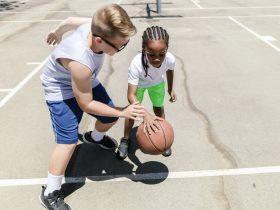
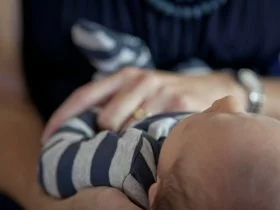
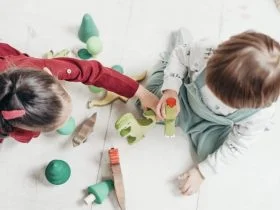
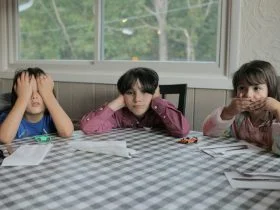
Leave a Reply
View Comments